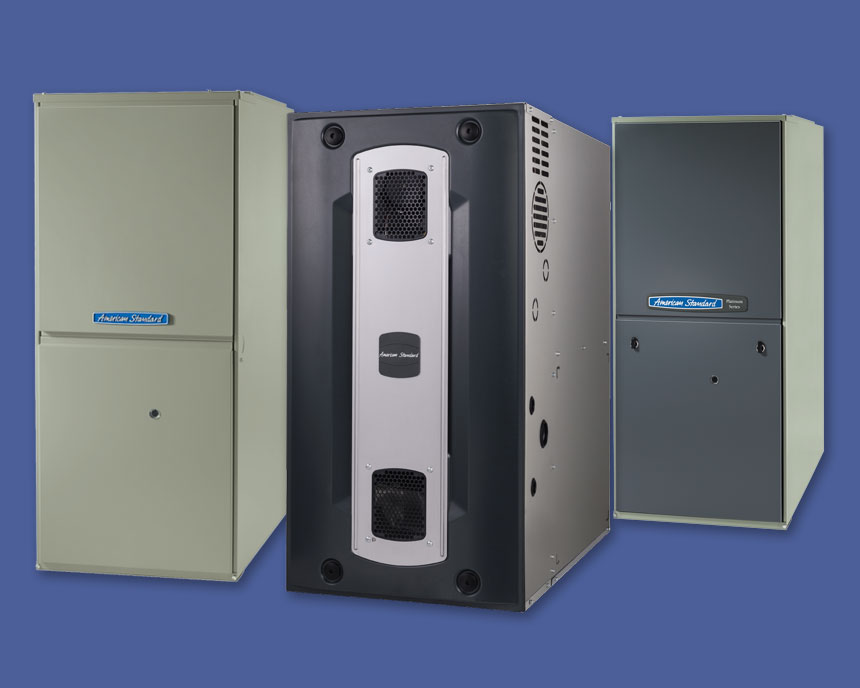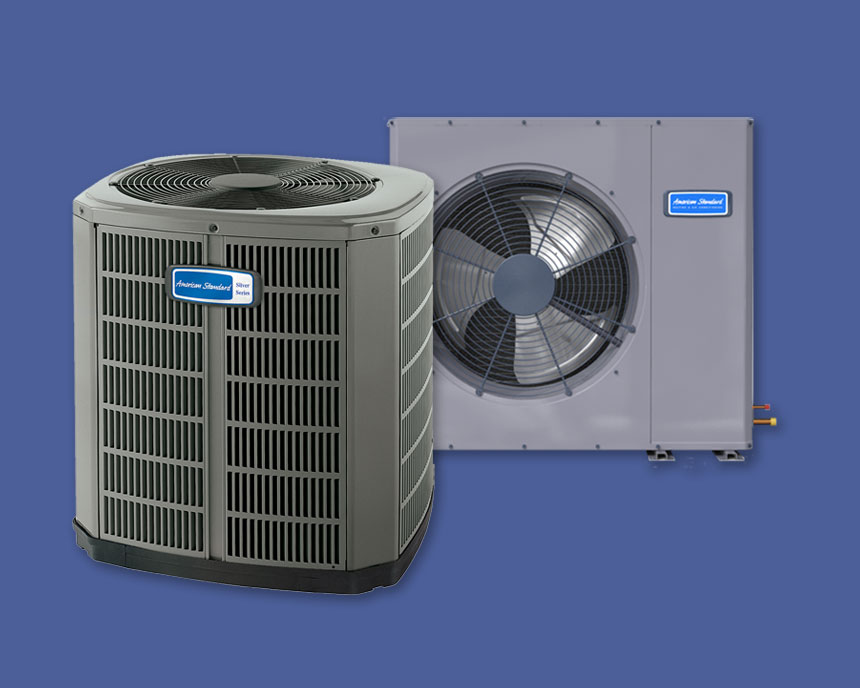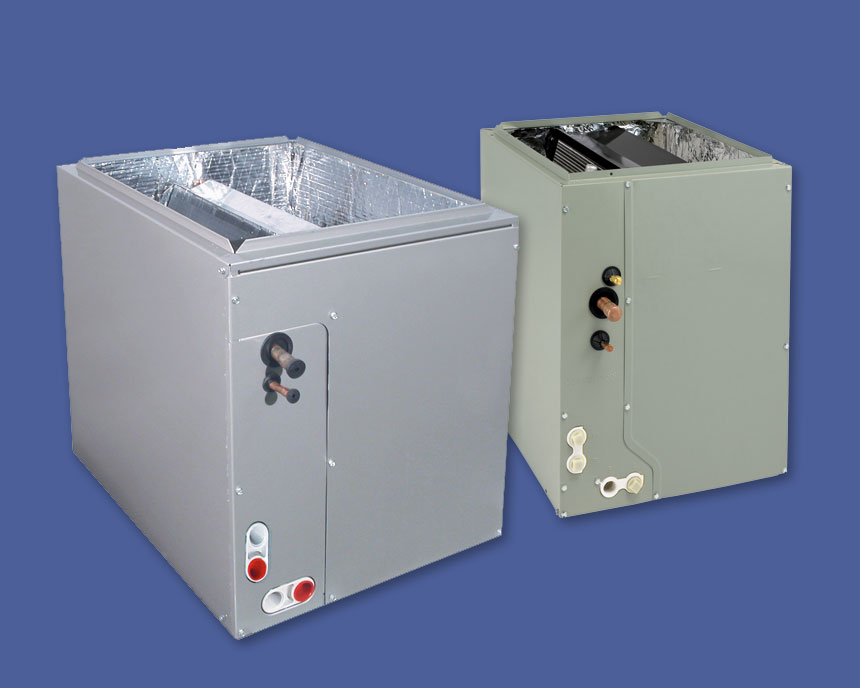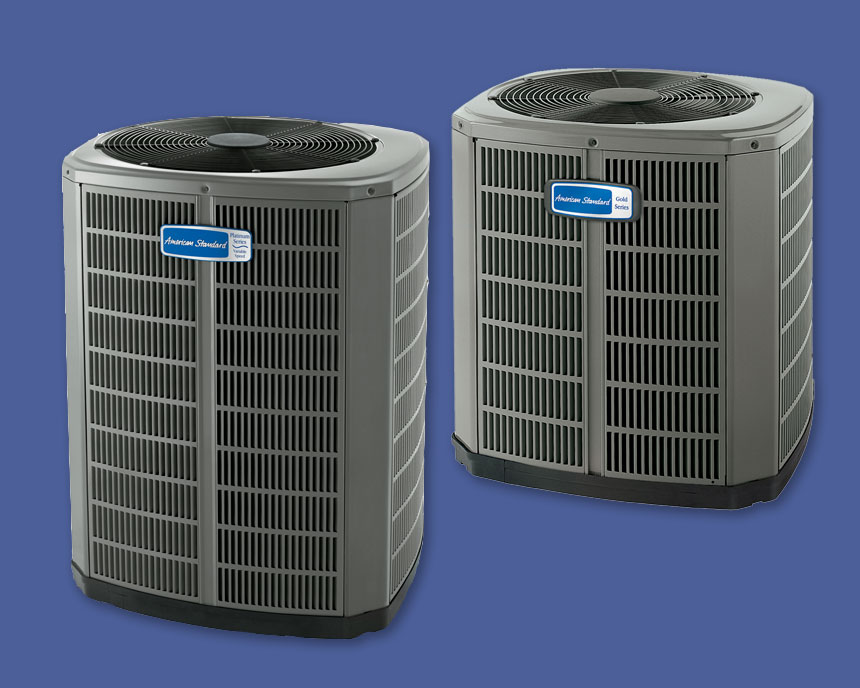How Central Heating Works
WHAT IS IT?
Central heating systems have a primary heating appliance, such as a furnace, typically located in your basement or attic. All furnaces consist of four main components: 1) burners that deliver and burn fuel, 2) heat exchangers, 3) a blower and 4) a flue that acts as an exhaust for gaseous by-products. Depending on your situation, region and needs, you can choose from heating systems running on either gas or oil as fuel, or a hybrid packaged system that can use both fuel types.
HOW DOES IT WORK?
Combustion gases are generated by the burners in your furnace and passed over a heat exchanger. Air from your home blows across the heat exchanger to be warmed. It is then blown through a system of ducts to distribute around your home.
During warm seasons your heating system works with your central air conditioning. Air is cooled as it’s blown over your air conditioning unit’s cooling coil, often attached to the exhaust of the furnace, and then sent over the same air ducts throughout your home. An independent dealer can help you decide which central cooling and heating system is right for you. Matched brand systems can be customized with cooling and heating units that match your situation and let you choose from a range of energy efficiency.

Want us to help? Get in Touch
SYSTEMS WE SELL & SERVICE
We service and repair all makes and models of air conditioning and heating systems for private residential, light commercial, and new construction in the greater Houston, TX area. Listed below are the most common types of air conditioning and heating related equipment and systems for which we have experience and recommend in the right situations.





